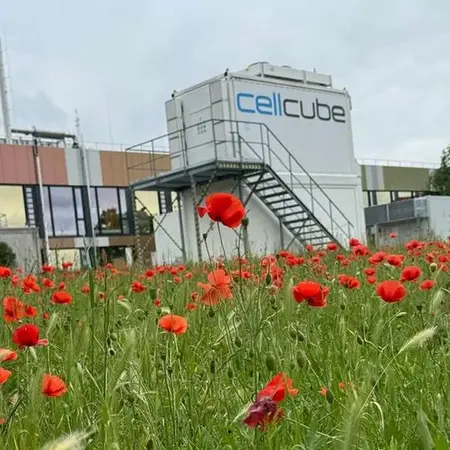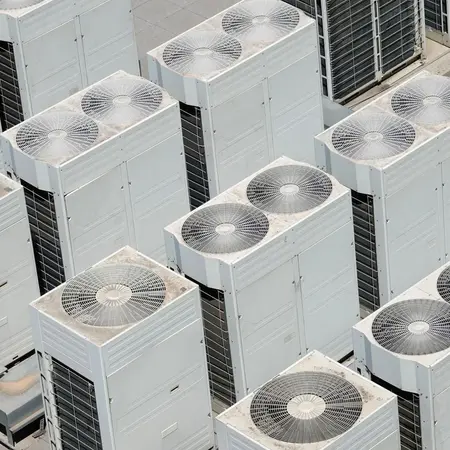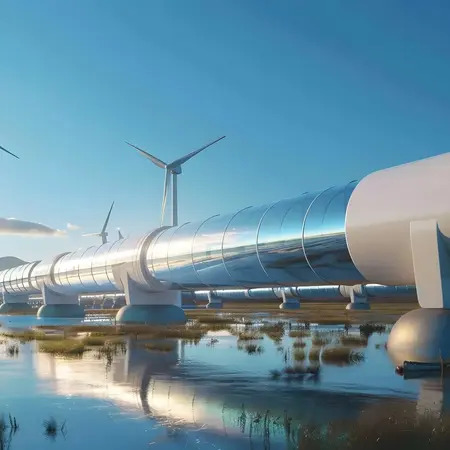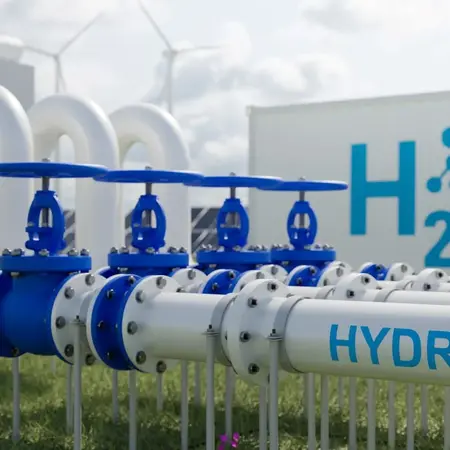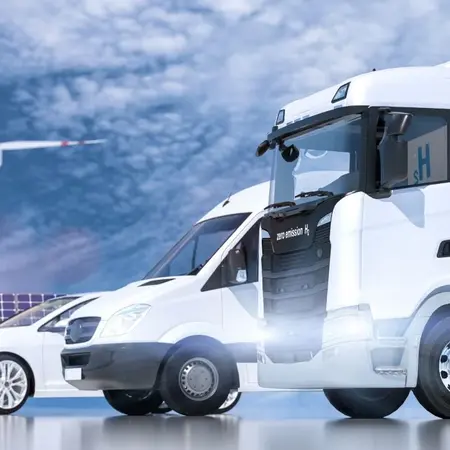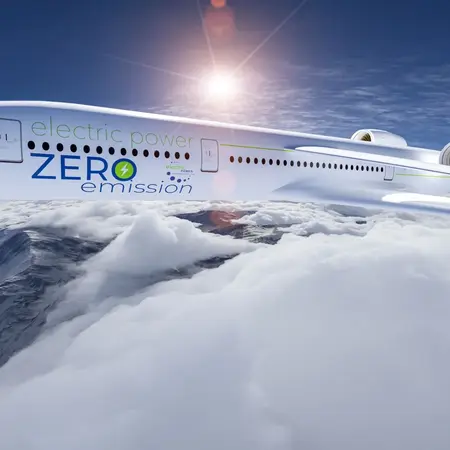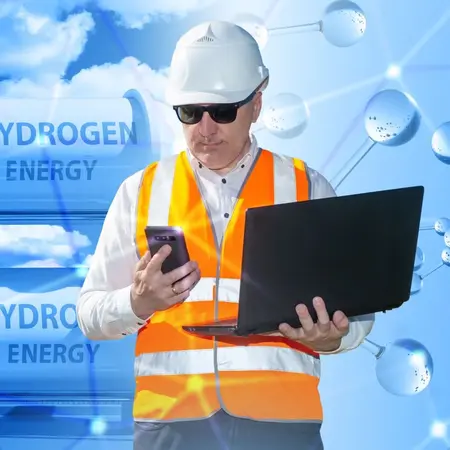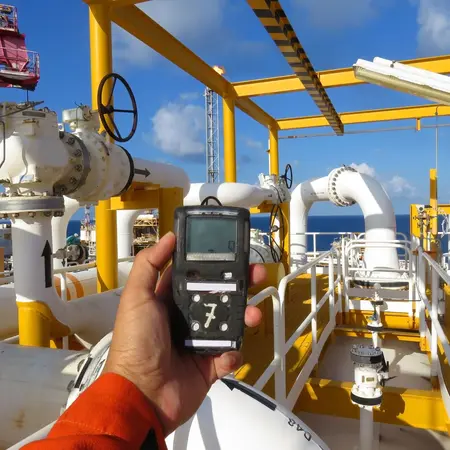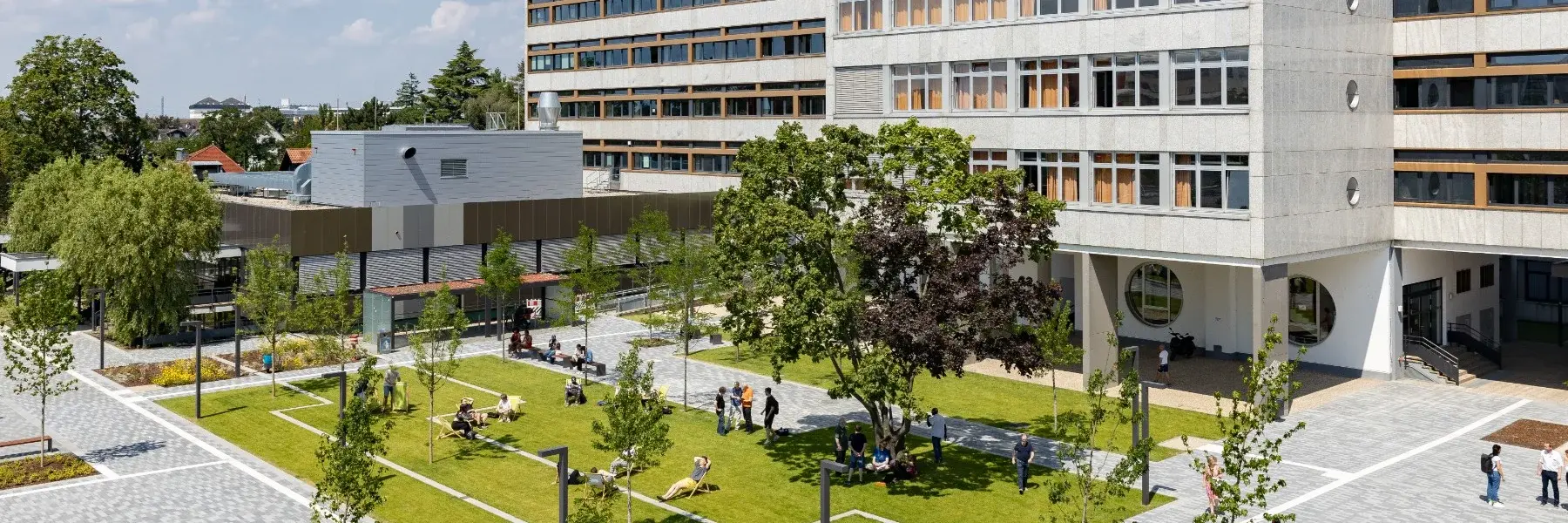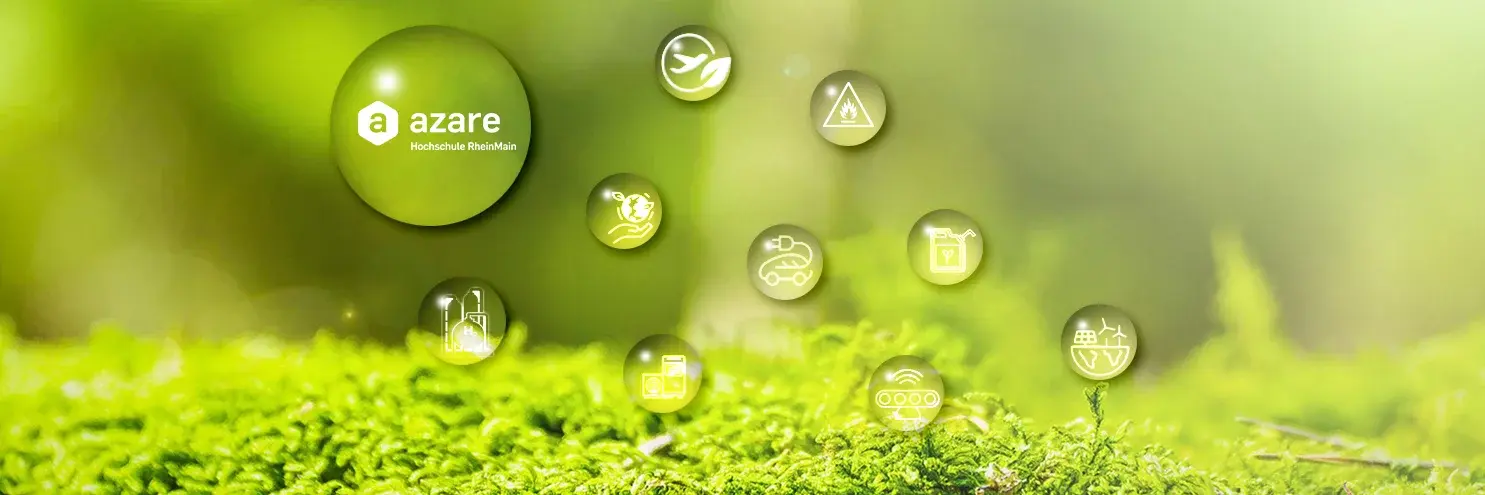
azare Research Center
Application center for all regenerative forms of energy for the decarbonization of transport, buildings and industry
The transition from a fossil-fuelled to an emission-free energy system is essentially based on the use of energy generated from sun, wind, waste and water. There is a need for action with regard to the transformation of the current energy system in areas such as
- mobility,
- industrial applications and production,
- buildings.
azare's research activities are driven by the need to enable social access to sustainable and resource-saving energy use for all those involved in the process. Above all technical approaches we prioritise:
- Avoidance of harmful environmental impacts: The use of renewable energy can be accompanied by environmentally harmful effects that must be avoided.
- Sustainability: Low energy and material consumption.
- Avoidance of critical raw materials: Social responsibility in the extraction of critical raw materials and avoidance of child labour.
- Recyclability: Recyclability of the materials used in the sense of a circular economy.
Generating electricity from renewable energies is not continuous. It has peaks and troughs. Therefore, storing it and feeding it evenly into the electricity grid is a key issue for the success of the energy transition. The focus is on the following technologies power-to-power, power-to-heat and power-to-X (synthetic fuels, hydrogen) to generate and store electricity and heat from renewable energy sources.

